![[snort]](../psy101graphics/04snort.jpg)
![[runners]](../psy101graphics/04runners.jpg)
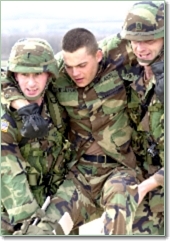
-
Why does cocaine (and "speed" [= methamphetamine]) make some people feel very euphoric and some people very crazy?
-
Why do some runners report that they feel extraordinarily good after a very long run?
-
Why do soldiers in war who have been wounded sometimes not actually realize they've been hurt?
![[MS]](../psy101graphics/04MS.jpg)
![[Nerve Gas]](../psy101graphics/04NG.jpg)
![[No-L-ITA]](../psy101graphics/04NOLITA.jpg)
-
What is multiple sclerosis? What is Parkinson's disease?
- During the 1980s, the Iraqi Army
under the command of Saddam Hussein used nerve gas
regularly in suppressing civil war and against the
Kurds and the Iranian Army. Similarly the Syrian Army
used nerve gas (a chemical weapon) against women and
children during the civil war between 2013 and 2018.
Why do nerve weapons kill many of the people who
breathed the gas?
-
How are eating disorders possibly related to some types of suicidal acts?
1. Nervous Tissue: The Basic Hardware
Neuron
Glia (="Glue")
How does
the nervous system transmit signals or information? It
uses two methods:
- Electrical signals along the neuron's axon, and
- Chemical signals transmitted
from a neuron's terminal button at the end of the axon
across a tiny gap (= the synapse) to receptors on the
dendrites of other neurons
2. The Neural Impulse: Using Energy to Send Information
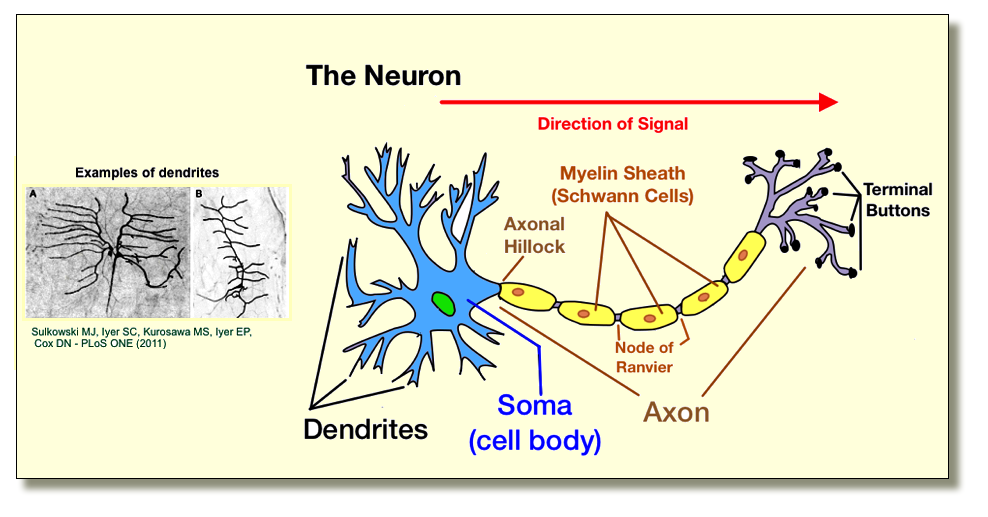
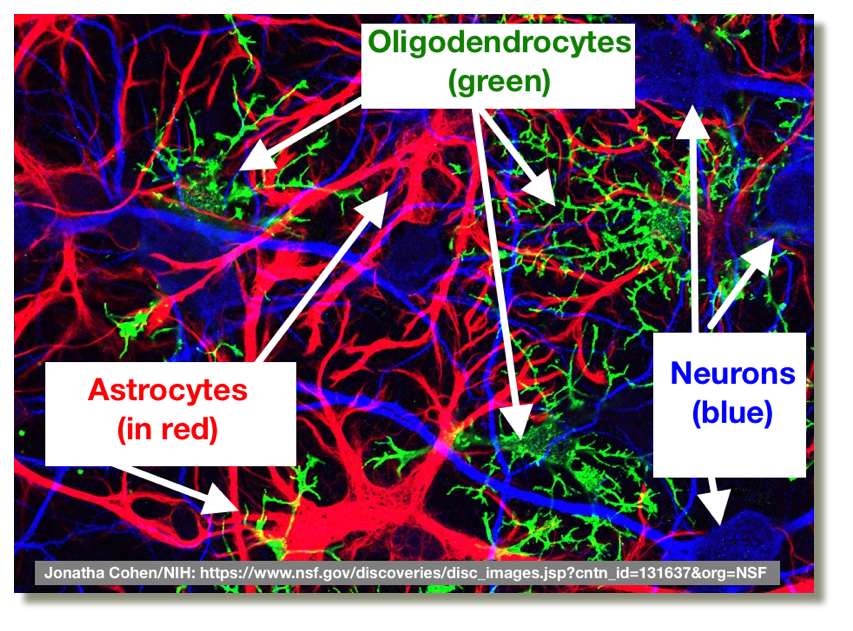
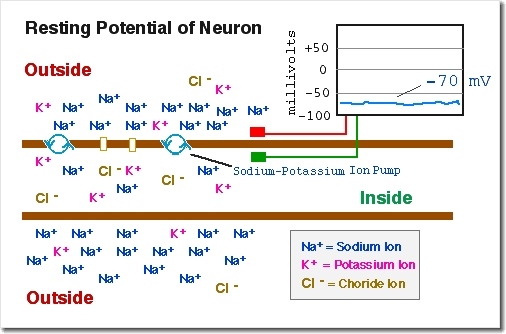
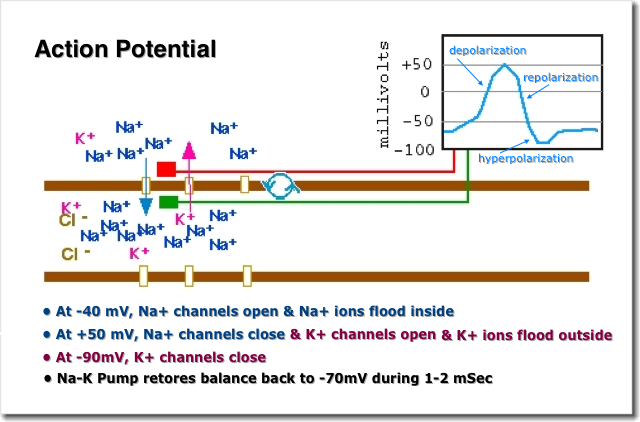
![[All-or-Nothing Law]](../psy101graphics/allornothingdominoes.gif)
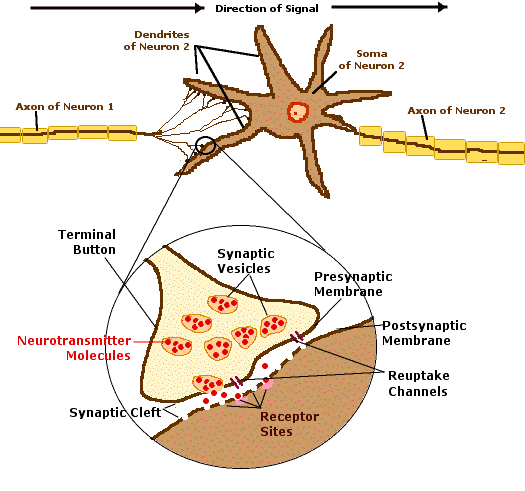
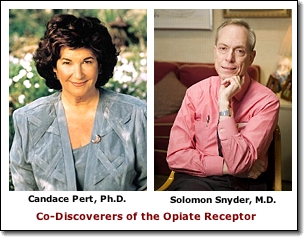 C.
GABA & Glutamate (amino acids)
C.
GABA & Glutamate (amino acids)